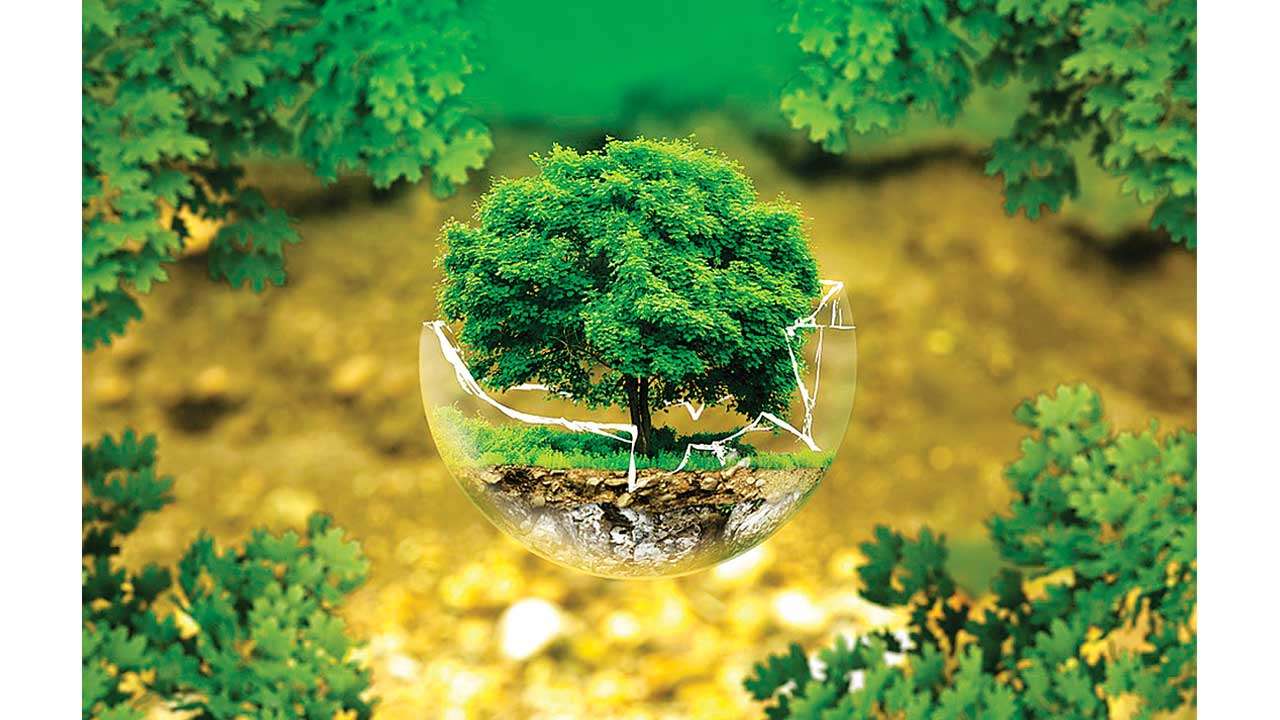
Our Prime Minister Shri Narendra Modi in the latest version of his radio talk show Mann Ki Baat expressed his happiness that India will officially host the World Environment Day celebrations this year. He added that it is an important achievement for India as it is a recognition of India’s growing leadership in tackling climate change. Earlier this year, while addressing the delegates at the World Sustainable Development Summit held in New Delhi, our Prime Minister had mentioned that India is on track to meet the 2030 Nationally Determined Contribution. The UN Sustainable Development Goals (SDGs) put India on the path of equality, equity and climate justice. The PM had added that while India is doing everything that is required of it, it expects others also to join in to fulfil their commitments based on common, but differentiated responsibility and equity. In this light, it is important to assess as to where we really stand after almost three years since adopting the SDGs.
The NITI Aayog has been spearheading the country’s transformation towards achieving the SDGs. Besides monitoring, coordinating and ensuring the implementation of SDGs in India, the NITI Aayog has also been working closely with the Ministry of Statistics and Programme Implementation for mapping of the goals and targets. NITI Aayog has been closely working with the states to improve the implementation of the SDGs. It has been facilitating sharing of knowledge and good practices in the various fields to fast-track the implementation of SDGs across the country. The shift from the Millennium Development Goals (MDGs) to SDGs seems to be a smooth one. The states have also started reporting their performance on the SDGs indicators. Achieving the SDGs by 2030 would also rank us higher on the sustainability index as environment protection and sustainability are intertwined in the SDGs.
To end poverty in all forms and to achieve food security and nutrition, sustainable forms of agriculture are important. These include processes and raw materials, which are in sync with nature and do not harm the natural environment. Providing clean and green natural environment will automatically ensure healthy lives of Indian citizens and their well-being. Active participation of women and the integration of gender issues in environmental policies and actions are critical determinants for the implementation of the SDGs. As Nobel Laureate, Dr Amartya Sen sums it up, “Advancing gender equality may be one of the best ways of saving the environment, and countering the dangers of overcrowding and other adversities associated with population pressure. The voice of women is critically important for the world’s future — not just for women’s future.”
Ensuring a pollution-free environment and sustainable use of natural resources would significantly address the SDGs. For example, sustainable management of water and sanitation; switching to sustainable forms of energy; switching to energy-efficient buildings and environment-friendly and resilient infrastructure; making our cities ‘smart’ by making them safe and environment-friendly and ensuring sustainable consumption and production patterns. Climate adaptation and mitigation; conservation and sustainable use of the oceans, seas and marine resources; protection, restoration and promotion of sustainable use of terrestrial ecosystems, sustainable management of forests, combating desertification, controlling land degradation and loss of biodiversity, the SDGs are an attempt to address most of the environmental and sustainability challenges, which humanity is facing. Promoting peaceful and inclusive societies and strengthening the means of implementation, besides revitalising global partnership are crucial for sustainable development and achieving the SDGs.
While the NITI Aayog is working closely with the governments in various states and union territories to ensure the timely attainment of the SDGs, the role of various corporate houses in achieving the SDGs cannot be denied. Companies are collaborating with the government and civil society to develop innovative solutions and courses of action. Corporate houses are funding water conservation and management projects, micro-grid solar solutions and even a few banks have become conscious about granting loans to green projects. Forest produce tracking system, lake restoration, water security projects, sewage treatment plants, air quality forecasting and more importantly plastic waste management models are all examples of environmental good practices being undertaken by the NITI Aayog to achieve the SDGs.
Like all coveted goals, SDGs also come with their own challenges. NITI Aayog seems to be doing a fine job, but there is still a need for policy coherence, companies need to be educated and informed about the long-term sustainability benefits in supporting SDGs, financial hurdles need to be overcome and the collective conscience needs to be awoken. It would help if Corporate Social Responsibility Funds are used to support in achieving the SDGs in a timely manner. And then we would be the truly deserving hosts for the World Environment Day.
The writer is Associate Partner, Khaitan & Co. Views are personal.